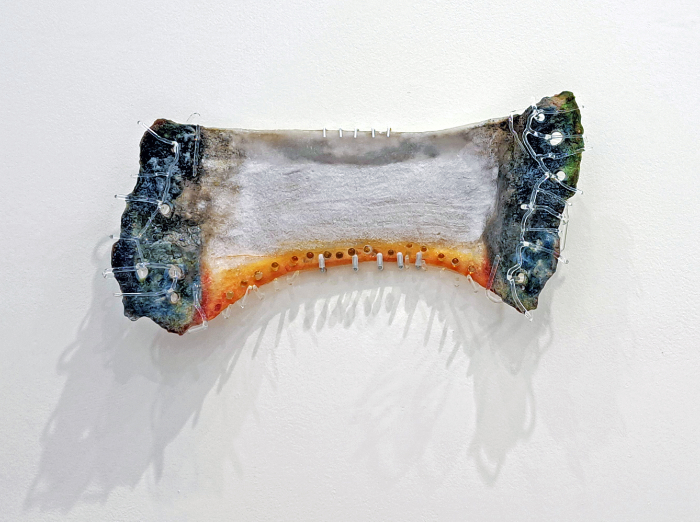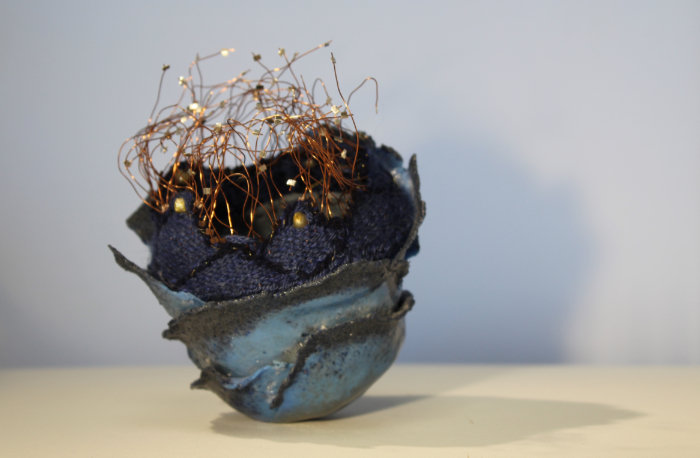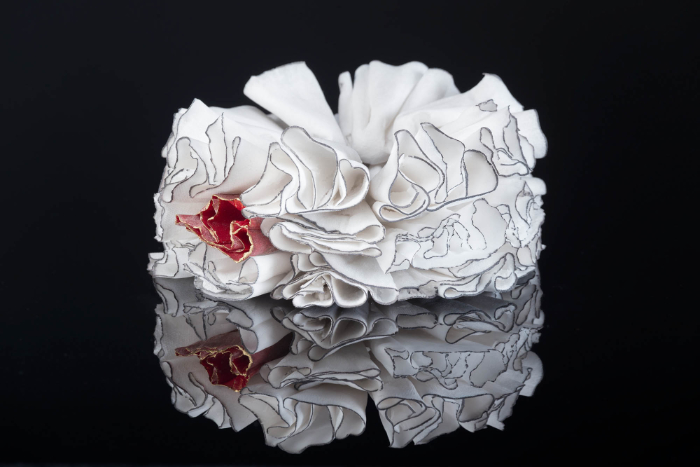
An emotional response
Tali Grinshpan’s delicate glass work is inspired by both nature and her life experiences. She particularly draws on her own feelings as an immigrant to the USA – and the conversations she has had with others in the same situation. Linda Banks finds out more
What led you to start working with glass?
I have always loved working with my hands. Even as a child, I loved spending hours in art classes and exploring. Over many years, I have worked with clay, wood, metal and fibre.
My grandparents had many beautiful glass objects in their home. I spent hours looking at these glass sculptures, watching what happened to light as it moved through them, and how their colours changed.
An opportunity to work with glass came in 2012. After moving to California, I was looking for an art class so that I could explore with my hands again. I took a fusing class at the community art centre in my town. Very quickly glass became an obsession: I had found a medium that spoke to me on many levels – emotionally, visually and intellectually.
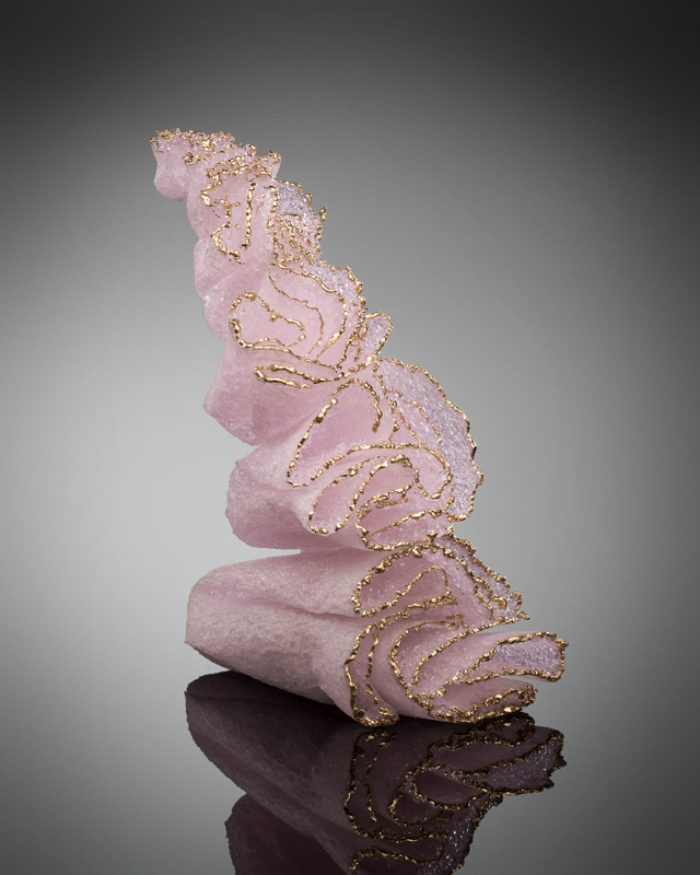
What glass techniques have you used, and which do you prefer?
When I started working with glass, I wanted to explore and experience every possible way of working with this fascinating material, so I took blowing, flame working, casting and mosaic classes.
After realising my main interest lay in kiln forming, I used many different techniques, such as painting with powders and enamels, screen printing, pot melts, and a variety of casting methods. I also continually explored in my studio. After learning how to work with the material, I experimented with pate de verre in my studio, while also taking pate de verre classes. I recognised that this would be the beginning of a long journey of exploration.
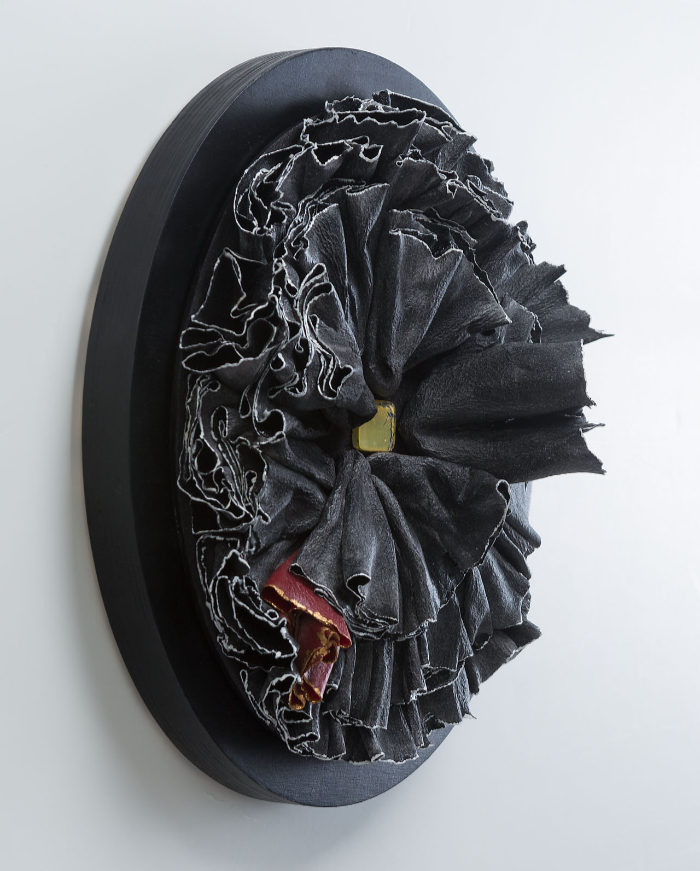
What is your creative approach? Do you draw your ideas out or dive straight in with the materials?
Usually, I start with a concept, sketching and writing my thoughts, and researching. Often, I build models that give me a sense of the size and the shapes I want to work with and that allow me to play and explore freely. The next step is moving to the glass and making the work. I plan about 70% and 30% is unknown and improvised.
Another important part of my creative process involves hiking in nature. Hiking helps me organise and clarify my thoughts about the process and the possible results.
What inspires your work?
A lot of my inspiration comes from nature, and its ever-changing cycles. My own life experience and heritage are a big source of inspiration, as well as childhood memories and dreams. Another source of inspiration is my education. With a BA and MA in Psychology, I am fascinated with the wide range of human emotions, and I try to capture and articulate these emotions in my work, using the remarkable properties of glass.
Some of those emotions have to do with being an immigrant and meeting other immigrants. Since moving to the United States in 2004, I have had many conversations with immigrants. These conversations, and my own experience, inspire me to create works that explore my, and their, emotional experiences.

What message(s) do you want to convey through your art?
As a universal language, art can bring people together to a place of reflection. I examine the human condition, utilising glass as an analogy while challenging the material in different ways. Through materials I speak in ways I can’t, or don’t want to, in words.
For the past five years my work has focused on the immigrant experience. I explore the concept of identity, hoping to create intimate spaces that speak of our emotional existence and life’s ephemeral journey. I want to tell a story of fragility and strength, vulnerability, and resilience. And I hope to bring awareness that may lead to a conversation about a complex and difficult subject like immigration.
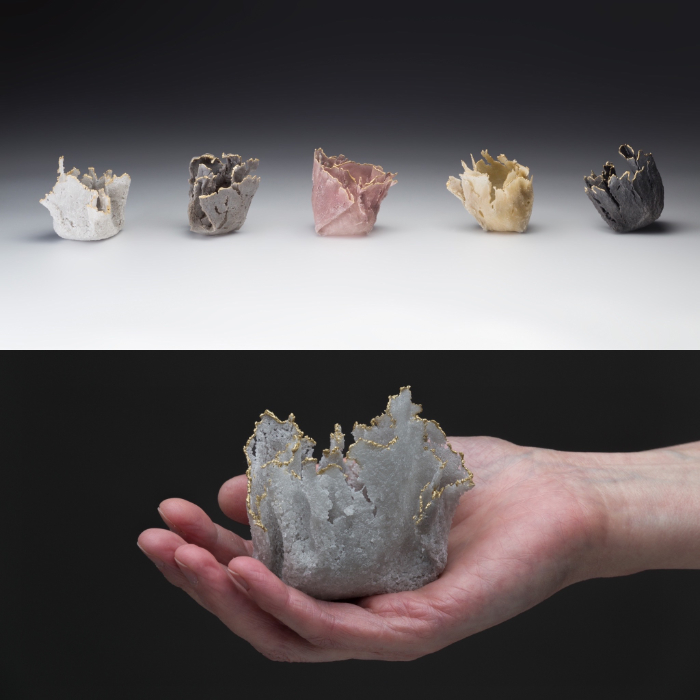
What is your favourite tool or piece of equipment and why?
My spatulas and my brushes are the tools I use most; I cannot do my work without them.
Do you have a favourite piece you have made? Why is it your favourite?
A favourite piece is called ‘Promises’. it was a breakthrough moment for me when I felt I finally found a way to express my thoughts and feelings through an object in a very clear way. This was also the piece that was selected for New Glass Review 39, published by the Corning Museum of Glass.
In answering this question, I realise that this is like asking me which of my children I like best. Every piece I work on is my favourite and I love them all equally. With each piece I have a different connection, and I go on a different journey from start to finish. Each piece holds a part of me as it also becomes a part of me. I learn from every one.
However, ‘Promises’ was a breakthrough piece that opened the doors to creating many other pieces.
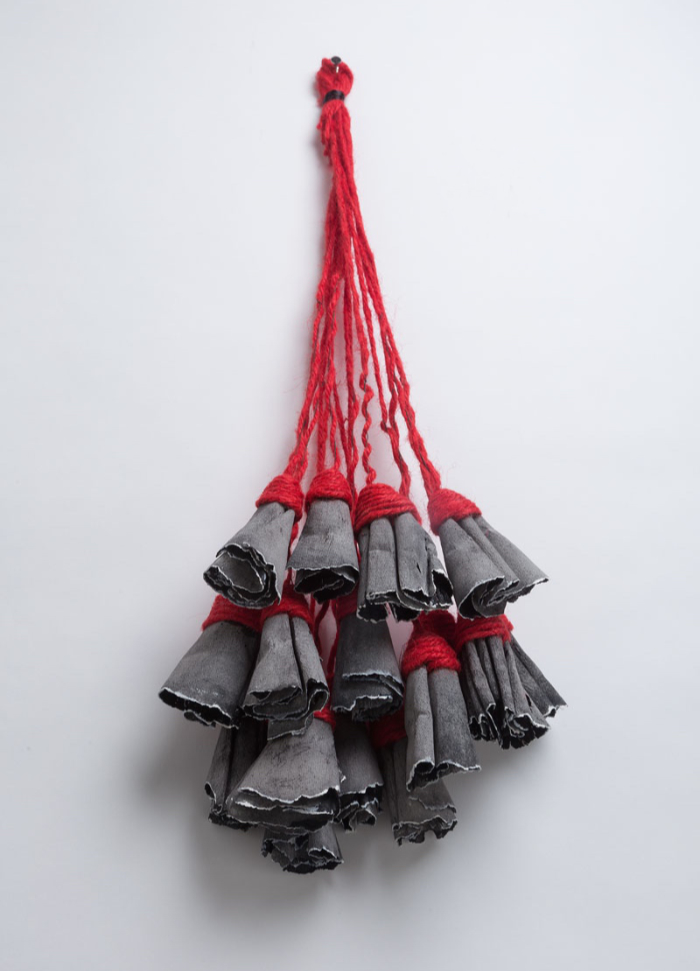
Where do you show and sell your work?
My work is included in numerous private collections and is exhibited in galleries and museums such as Museum of Glass Kanazawa, Japan, the Imagine Museum, Boise Art Museum, Grand Rapids Art Museum, and Tacoma Museum of Glass in the USA, plus the National Gallery in Sophia, Bulgaria, Qingdao Art Museum, China, and Eretz Israel Museum in Tel Aviv, Israel.
A few pieces are currently being exhibited at the San Jose City Hall and at the Craft Forms exhibit in Wayne, Pennsylvania, USA.
What advice would you give to someone starting out on a career in glass?
Be prepared to work hard, believe in yourself: a career in art is not a straight line. It is a life-long journey.
Do you have a career highlight?
In 2022 the Qingdao Art Museum in China acquired one of my pieces for its permanent collection; this was very exciting.
Where is your glass practice heading next?
I am in the process of creating a new body of work. I am also working on developing opportunities to curate exhibitions that will educate and promote the art of pate de verre.
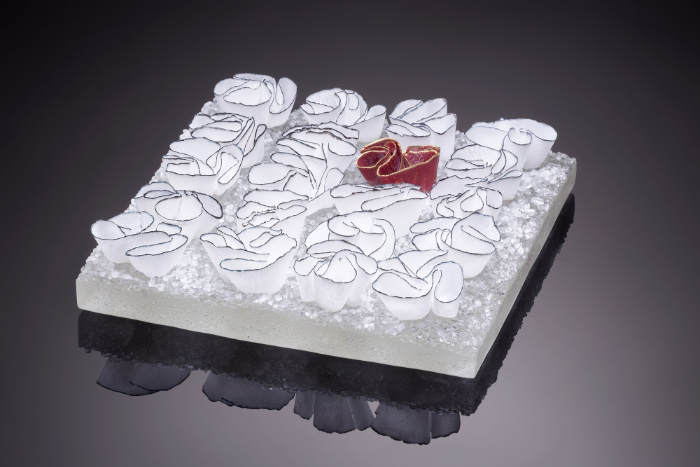
Is the global energy crisis affecting your practice?
Probably not as much as other parts of the world. But the main effects of the energy crisis on my practice are the higher electrical bills and the rising prices of glass materials.
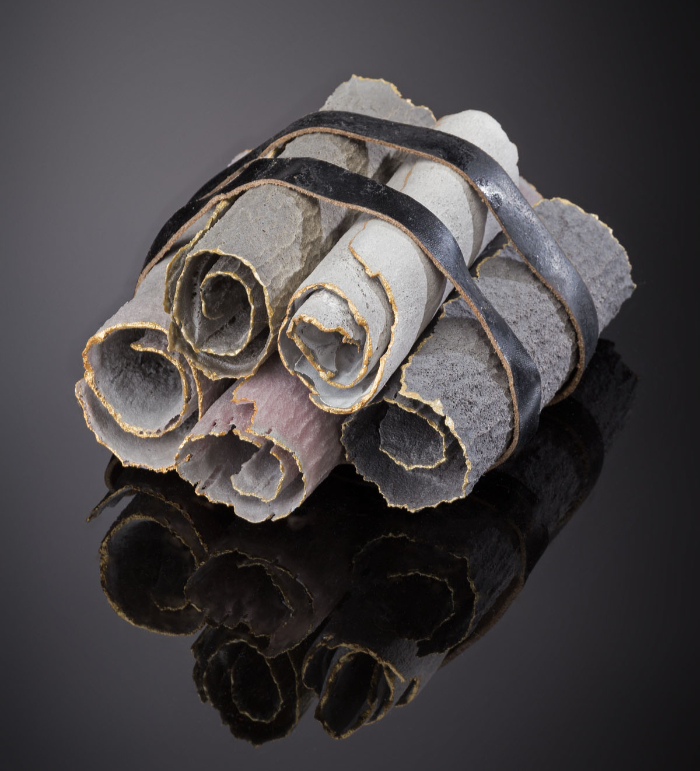
And finally…
I am very grateful to be a part of the glass art community at a time when we are discovering so many new ways of working with this remarkable material that comes from sand. A funny fact: I lived my childhood in Holon, a city located on the central coastal strip of Israel, south of Tel Aviv. The name Holon was chosen to reflect the sand dunes on which it was built: ‘hol’ in Hebrew means ‘sand’. Today, most of those dunes are gone, replaced by buildings. But I remember the feeling of the sand in my hands, accumulating in my shoes, getting in my hair, my eyes, my mouth. This sand was an integral part of my childhood. Now I work with silica, a basic element of glass, connecting my early memories of these now disappearing dunes to the present.
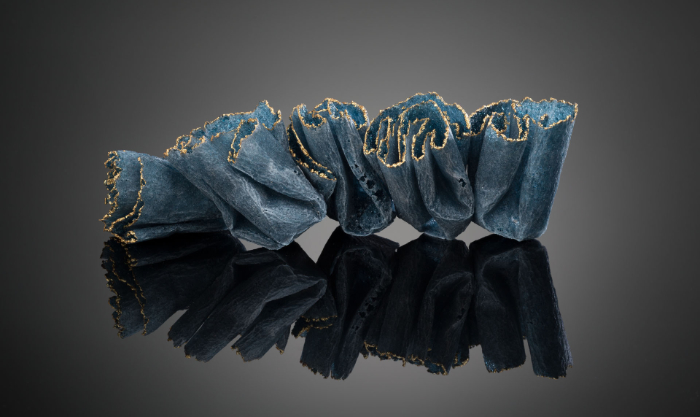
About the artist
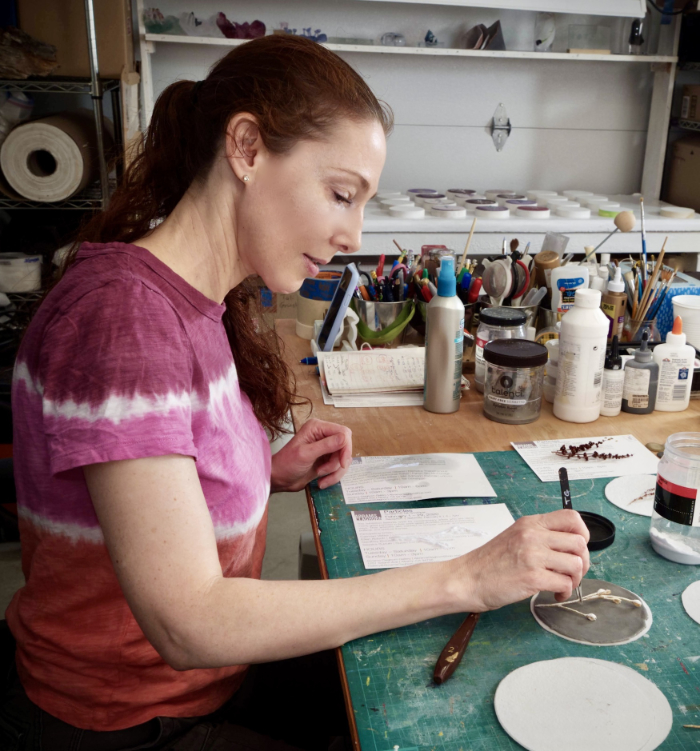
Born and raised in Israel, Tali Grinshpan now lives in Walnut Creek, California, USA.
She has been studying glass since 2012, taking workshops at Pilchuck Glass School, Corning Museum of Glass, Pittsburgh Glass Centre and Bullseye Resource Centres in the USA, as well as North Lands Creative in Scotland.
In 2016 her work was selected as a finalist at The International Exhibition of Glass, Kanazawa, Japan. She was also the first prize winner of The Glass Prize 2017 international competition, UK. In 2019 her second solo exhibition, ‘Longing for the (Home)land’ opened at Bullseye Gallery in the Bay Area, California, USA. In February 2020 she curated an exhibition called ‘Particles’ at Abrams Claghorn Gallery in Albany, USA. In 2022 her piece ‘Homeland I’ was awarded the first place at the Glass Art Society exhibition at the Museum of Glass in Tacoma, USA.
Find out more about Tali and her work via her website.
Main feature image: ‘Somewhere’ is made from pate de verre, with 24k gold leaf and enamel. Photo: Keay Edwards.
